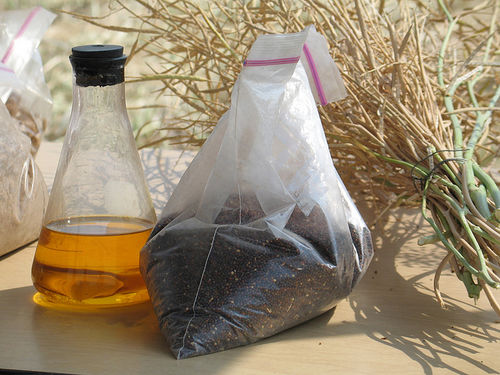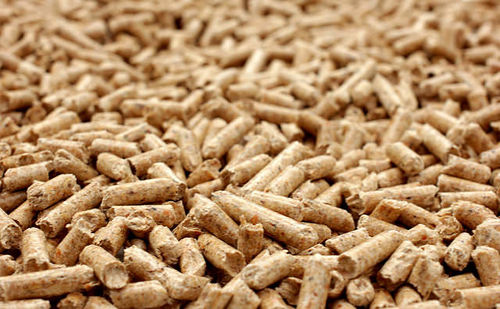Biofuel
Overview
List of various biofuel technologies. (I consolidated "List" with the "Biofuels" list, and have made a list of just feedstocks & processes. Also, I added propanol and butanol to the Biofuels list, and I put specific fuels under their type.)
Biofuels
Methane
Methanol Ethanol Propanol (uncommon) Butanol (uncommon)
Mycodiesel
Feedstocks & Processes
- Algae/Cyanobacteria
- Kenaf
- Hemp oil
- Jatropha Oil
- Ethanol from Sorghum
- Methane to methanol
- Biomass to Fuel
- Anaerobic Digestion for Biogas
- Fischer Tropsch
- Microbial Fuel Production
Comparison of Biofuels and Feedstocks
Best and worst biofuels: Biogas and biodiesel are really good. Butanol is better than ethanol, but ethanol is much more common.
Best and worst feedstocks: In the US, soybeans are the most common feedstock for producing biodiesel and corn is the most common for producing ethanol. In Brazil, sugarcane is the common feedstock for ethanol. Seeking out alternative feedstocks, such as algae, will help us move away from Food-vs-Fuel and other controversies.
Biofuels from cellulose is a great idea, but it is doubtful that cellulosic ethanol is cost effective.

